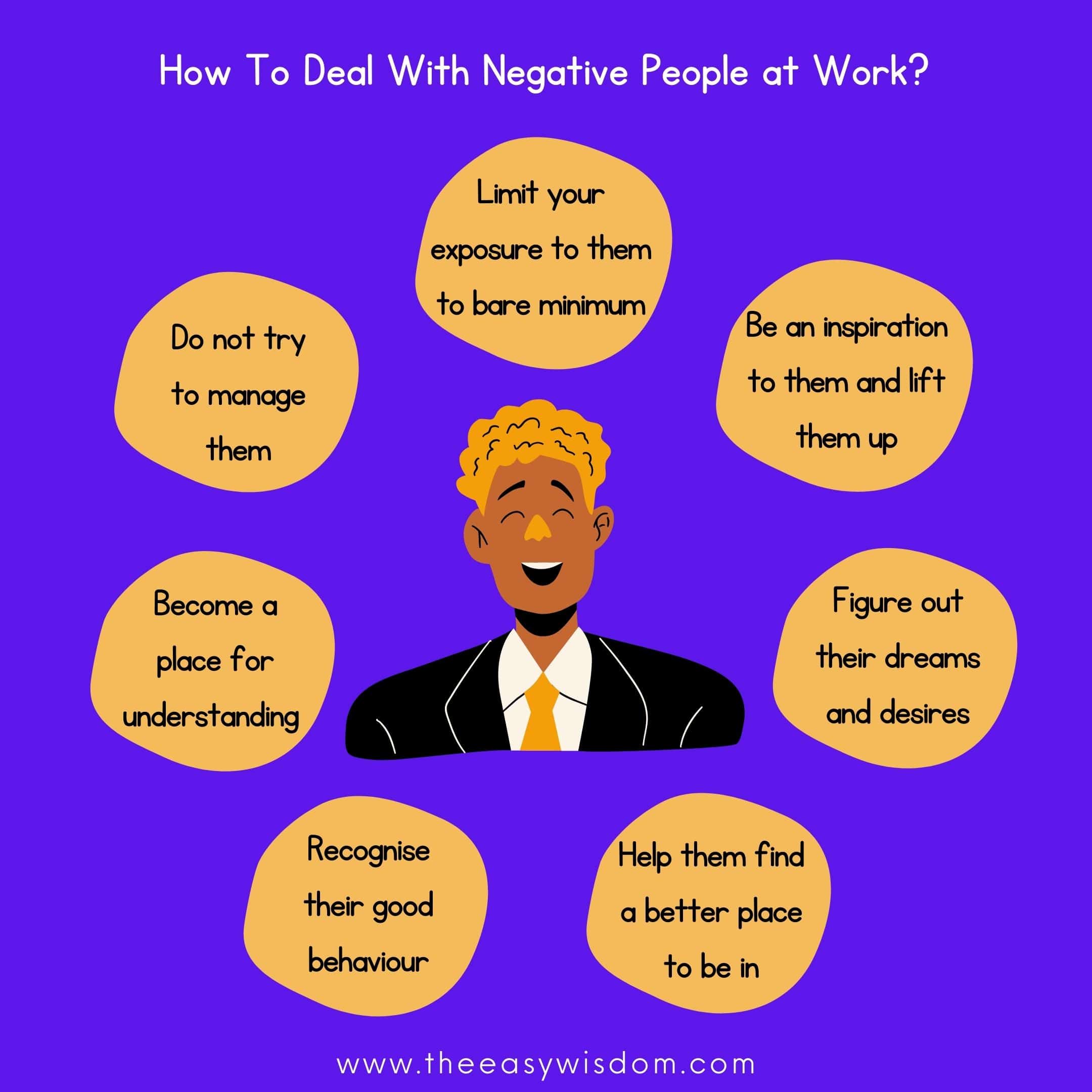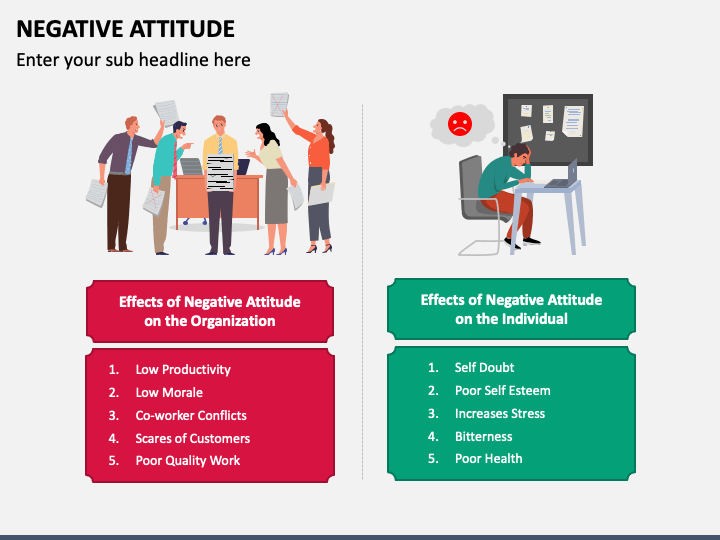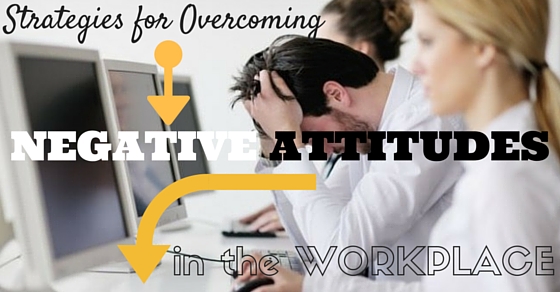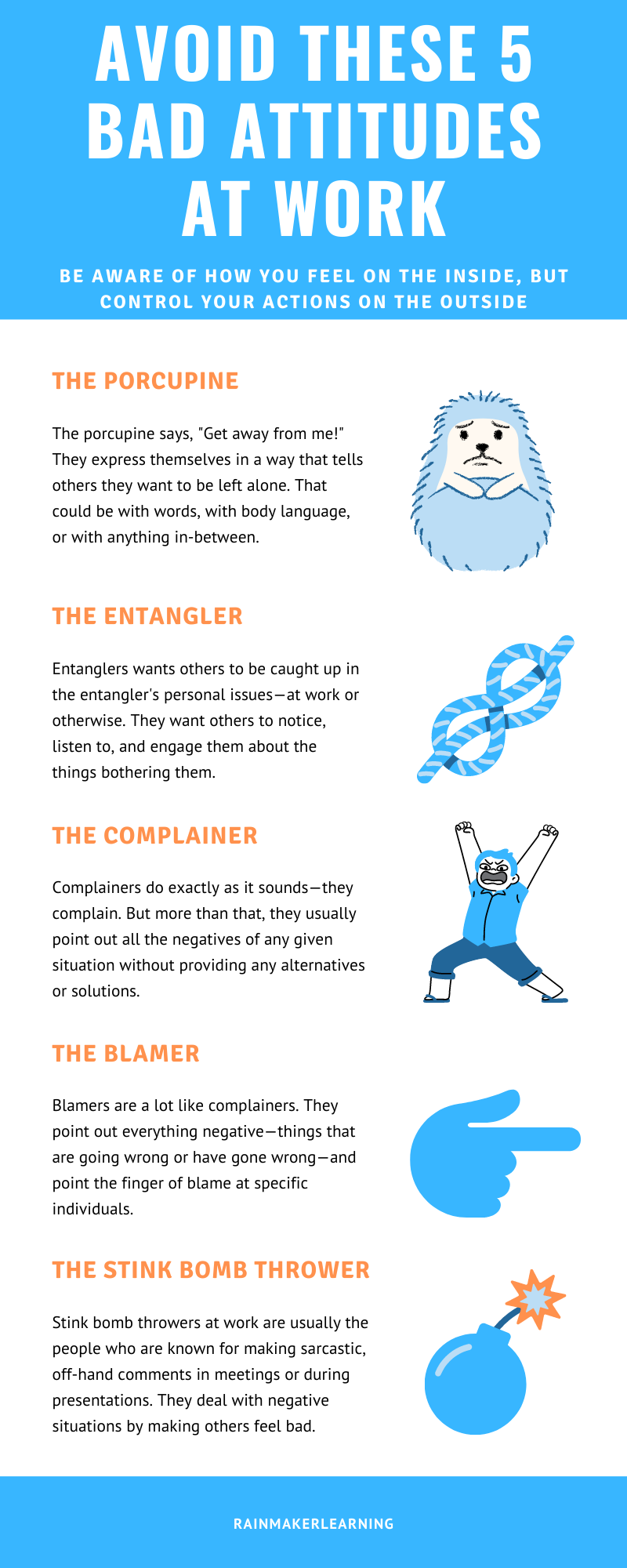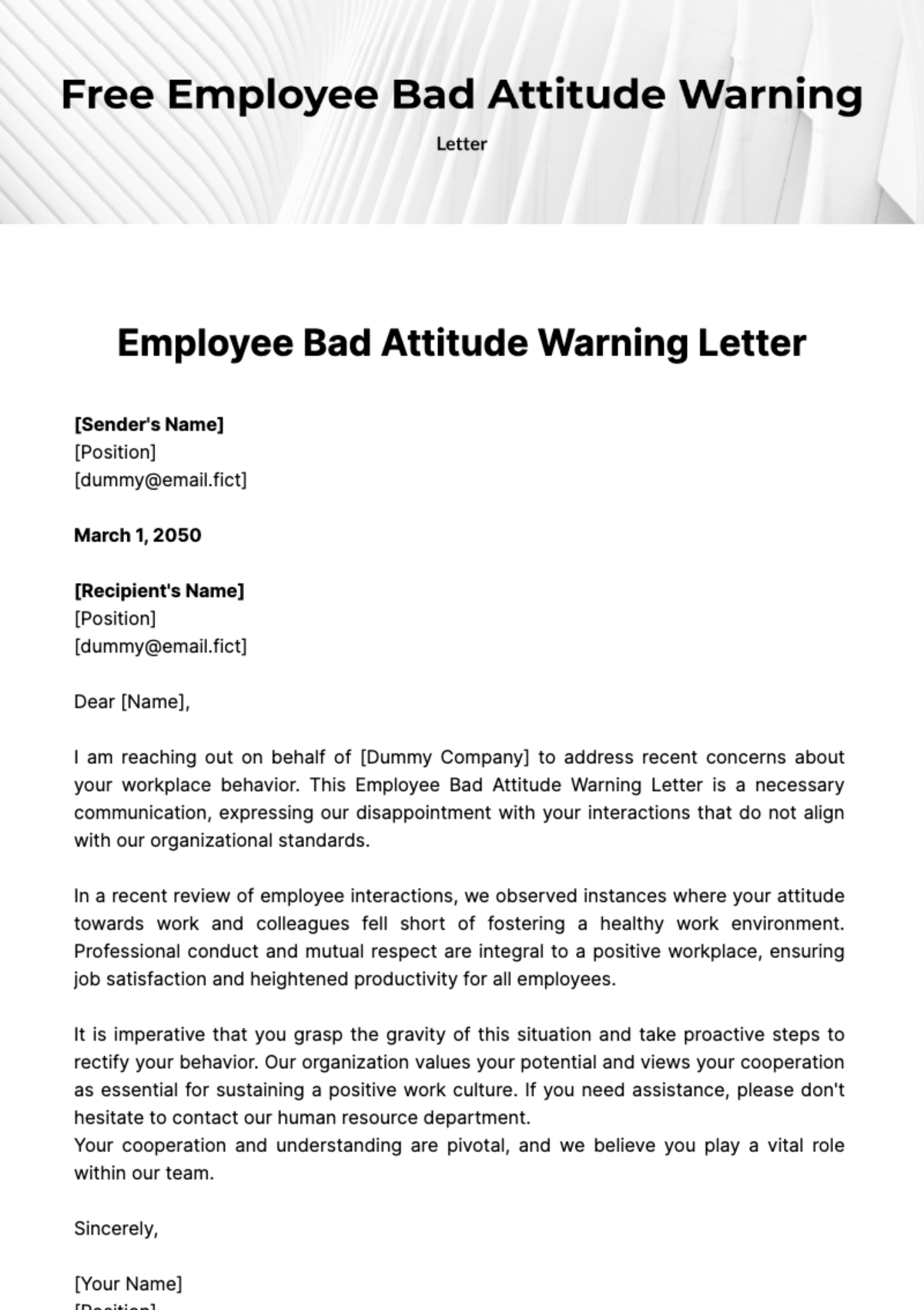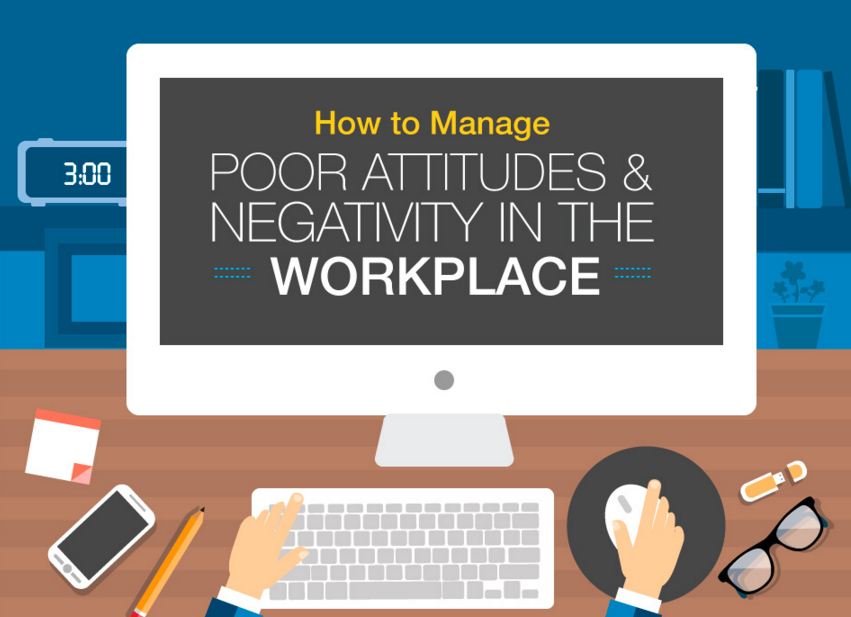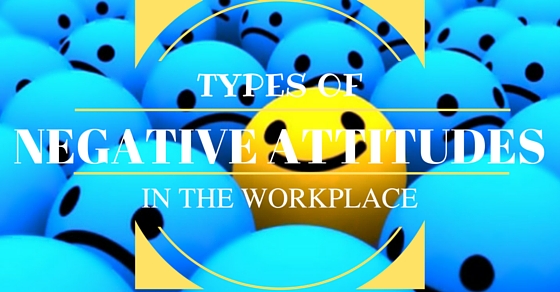Addressing Bad Attitude In The Workplace

Persistent negativity and a sour attitude can poison a workplace, impacting productivity, morale, and even employee retention. But what can businesses do to address and mitigate the effects of a bad attitude without creating further discord?
This article examines strategies for managing and correcting negative behaviors in professional environments, drawing on expert insights and best practices for fostering a more positive and productive atmosphere.
Identifying the Root Cause
Addressing a negative attitude effectively begins with understanding its source. Is it a temporary reaction to a specific event, or a more deeply ingrained pattern of behavior?
According to a 2023 study by the Society for Human Resource Management (SHRM), common causes include job dissatisfaction, feeling undervalued, lack of recognition, and unresolved conflicts. Often, these underlying issues manifest as negativity.
"It's crucial to differentiate between a bad day and a bad attitude," states Dr. Anya Sharma, an organizational psychologist specializing in workplace dynamics. "One-off instances should be handled with empathy, whereas persistent negativity requires a more structured approach."
Direct Communication and Feedback
Once the potential cause is identified, direct and constructive communication is essential. Avoiding confrontation is not an effective strategy.
Managers should schedule a private meeting with the employee to discuss the observed behavior, focusing on specific examples and the impact on the team. This is best done promptly.
"The key is to frame the conversation as an opportunity for improvement, not as an accusation," advises Mark Johnson, a human resources consultant with over 20 years of experience.
"Using 'I' statements to explain how their behavior affects others is also very helpful."
Setting Clear Expectations and Consequences
Following the initial conversation, it’s important to set clear expectations for future behavior. Document these expectations and any associated consequences for continued negativity.
Performance improvement plans (PIPs) can be useful tools for outlining specific behavioral changes and providing a timeline for improvement. Clear benchmarks must be set.
According to data from the U.S. Department of Labor, companies with clearly defined workplace expectations experience a 20% reduction in employee conflicts.
Fostering a Positive Work Environment
Preventing negative attitudes is often more effective than trying to correct them after they emerge. Proactive measures include promoting open communication, providing regular feedback, and recognizing employee contributions.
Creating opportunities for team-building activities and fostering a sense of community can also boost morale and reduce the likelihood of negativity. Company culture plays a large role.
Employee Assistance Programs (EAPs) can offer confidential counseling and support services to employees struggling with personal or professional challenges, addressing potential problems before they escalate. Make sure you highlight these services.
When Intervention Fails: Disciplinary Action
Despite best efforts, some employees may continue to exhibit negative behaviors. In these cases, disciplinary action may be necessary.
This could range from verbal warnings to written warnings, suspensions, or, in severe cases, termination. It's crucial to document each step of the disciplinary process and adhere to company policies and legal requirements.
"Termination should always be a last resort," emphasizes Dr. Sharma. "However, if an employee's negativity is consistently disrupting the workplace and affecting the well-being of other employees, it may be the only viable option."
The Broader Impact
Addressing bad attitudes in the workplace is not just about maintaining productivity; it's about fostering a healthy and supportive environment for all employees.
A positive work environment attracts and retains top talent, reduces absenteeism, and improves overall employee well-being. These are important outcomes.
By taking a proactive and empathetic approach, organizations can effectively manage negative behaviors and create a more positive and productive workplace for everyone.
